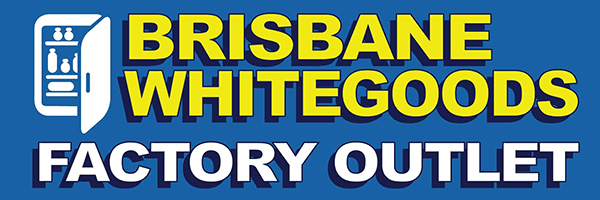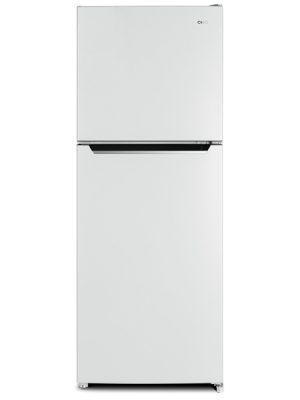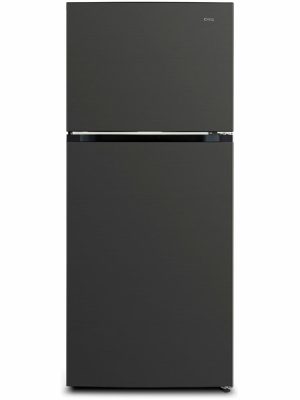How to select the right fridge
Here is a guide with important steps you should consider when shopping for a new refrigerator.
Is your old fridge on its last legs? Time for an upgrade? Choosing a new fridge can be exciting, but it’s no easy task.
You can also download and print the fridge buying guide instead.

1. What size fridge do you need?
First things first – where is your new fridge going to reside in your kitchen? It’s important to measure out this space so that when you go shopping, you know exactly what size fridge will fit into your kitchen. There would be nothing worse than purchasing a brand-new refrigerator, having it delivered, only to realise it’s too big for your kitchen!
When measuring height, depth, and width, make sure to add an extra couple of inches for above and behind the fridge, to allow for the air to circulate. This will prevent the fridge from overheating and allow it to run at maximum efficiency, saving you money in the long run. Make sure to measure the hallways and path the fridge will take to reach the kitchen.
2. Open the fridge door
It’s important to consider which way you want your refrigerator doors to open. Which way gives you the best access? Is there anything that will get in the way of the doors opening a certain way, such as a cupboard or a bench? Determining which way you want the doors to open, you will narrow down your choice of refrigerator.
Also, if the fridge you ultimately select has reversible doors, you can specify which way you want them to open before your new fridge is delivered.
3. What type of fridge do you want?
There is a diverse range of fridges currently on the market. So which one might best suit your needs?
Freezer on Top
Fridges with a freezer on the top are both the cheapest to purchase and the cheapest to run. There are also a wide range to choose from. However, a draw-back is that you will have to bend down to access the fridge. These fridges suit people who use a lot of ice/frozen foods, as they are within easy reach.
Freezer on Bottom
Having the freezer on the bottom of the fridge is a more logical layout – the things you use daily in your fridge are all at your fingertips, no bending required. However, they are marginally more expensive to purchase and run. These fridges would suit fresh fruit and veg lovers, who don’t want to bend to reach their favourite foods!
Side-by-Side Refrigerator and Freezer
The side-by-side unit is the best of both worlds, featuring equal space for both fridge and freezer. It is easily accessible for people in wheelchairs, and not as much space is needed for the doors as they are smaller than the doors on other units. However, shelves can be narrow, so storing bigger items could be difficult.
French Door Refrigerator
The French door refrigerator is another step forward, combining the side-by-side design with a bottom freezer. This means more shelf space, but the same narrow door design as a side-by-side, and comes in a variety of styles and colours. However, the French door fridge is one of the more expensive types of fridges on the market.
4. Energy consumption
Your fridge is the only appliance in your kitchen that will almost always be turned on, so while it’s not one of the more glamourous aspects of choosing a new fridge, it pays to determine your new unit’s energy output before you purchase. The lower the number on the energy label, the more efficient the power consumption of the fridge – which will save you money on power bills.
5. Would you like extras with that?
So, you’ve determined the size and type of fridge you need, and shopped around for the best energy rating, now it’s time for the fun part – the extras! Some things to consider when shopping for extras are:
So there you have it – five easy steps to buying you and your family a new refrigerator!
If you’ve still got questions, or you’d just like more information, why not pop into Brisbane Whitegoods today for some friendly advice from one of our experts.







